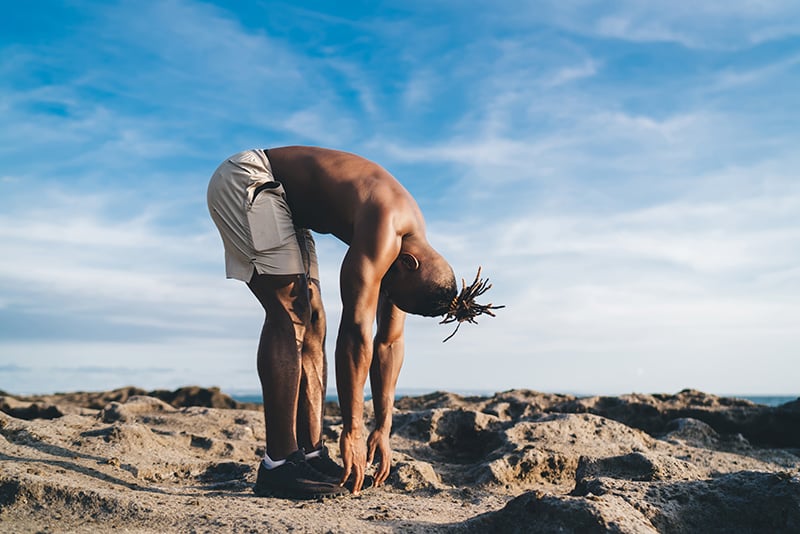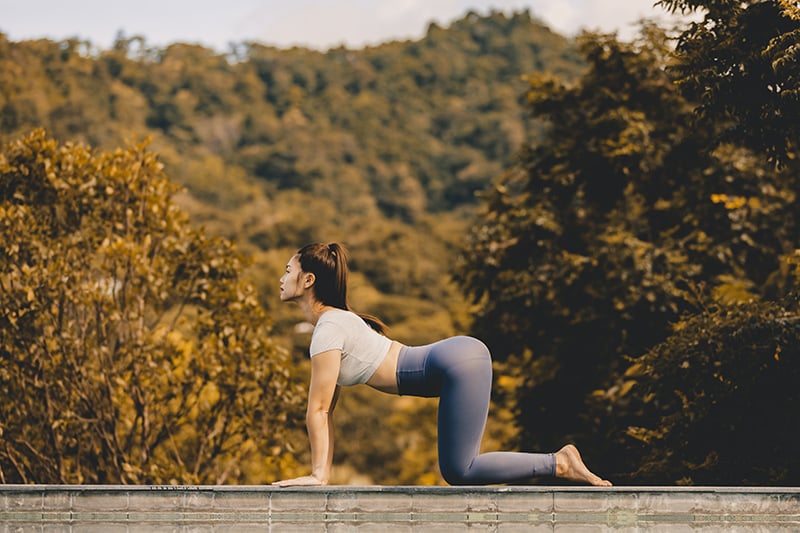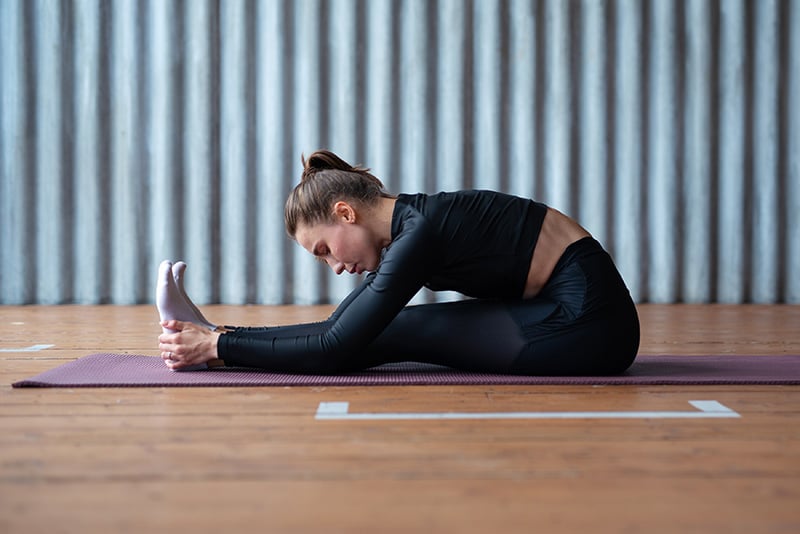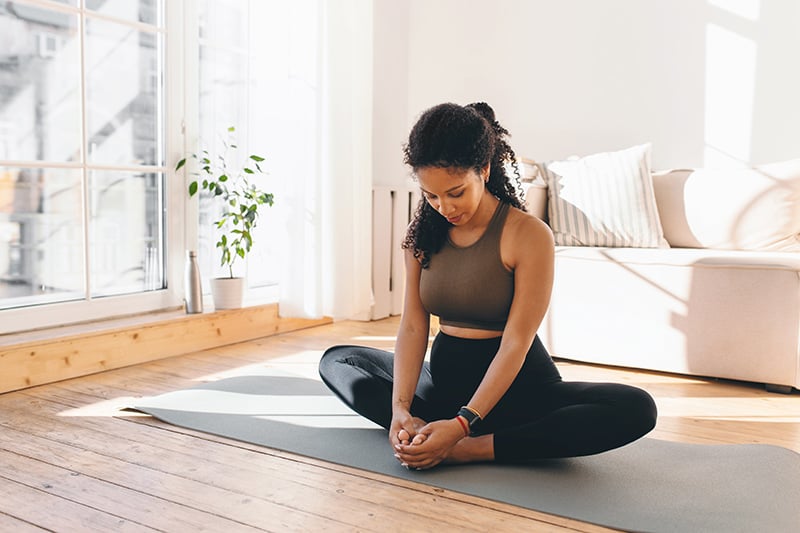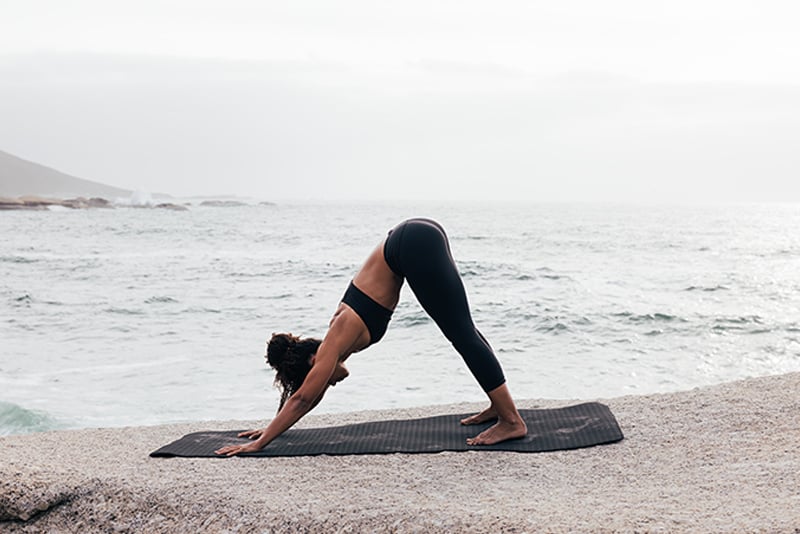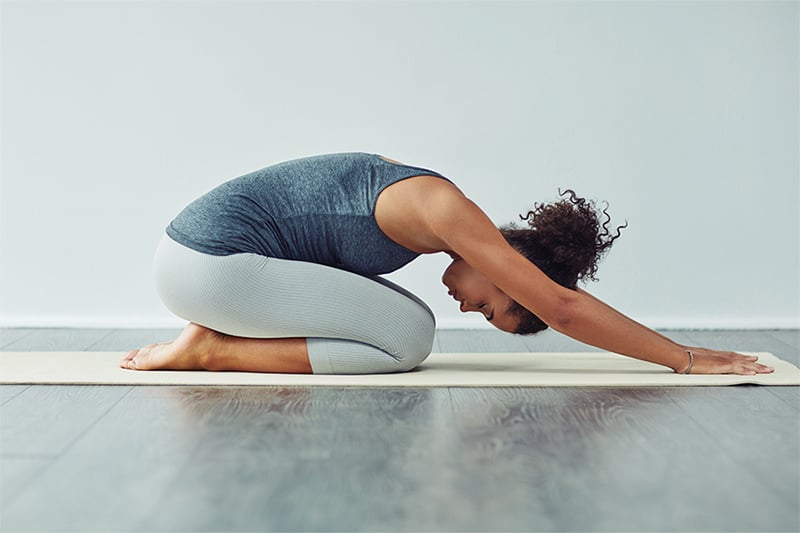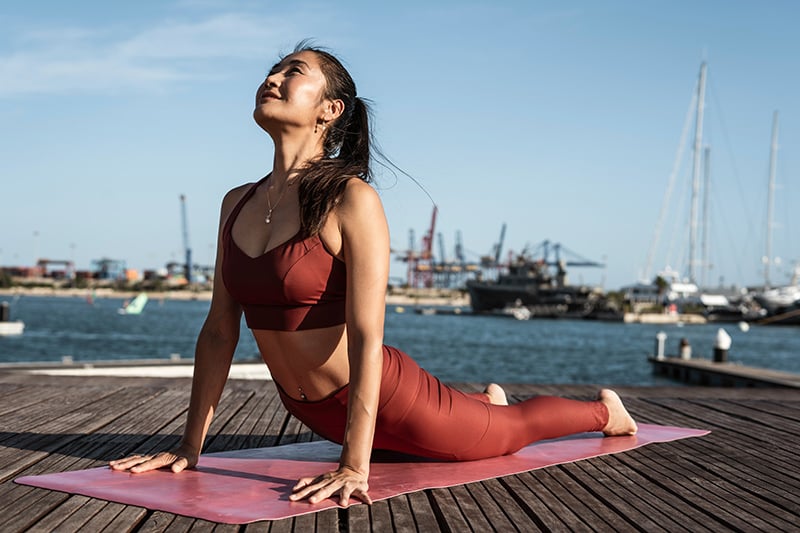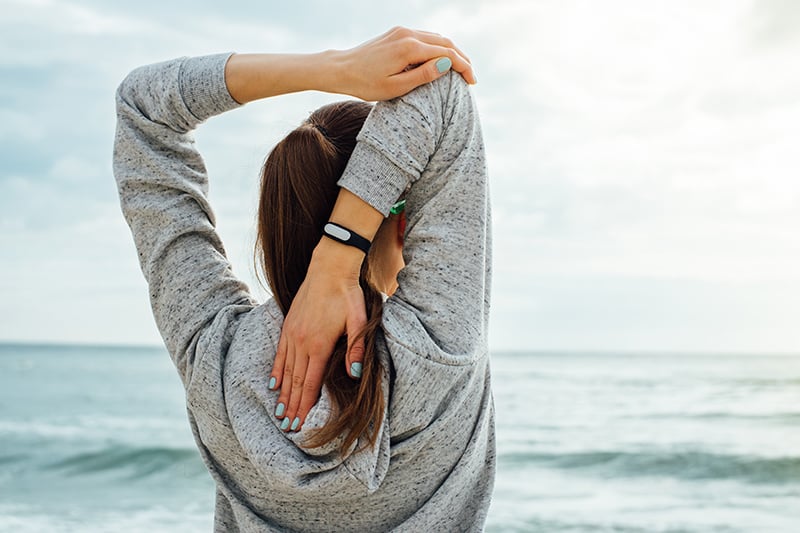
Flexibility is an essential component of physical fitness, improving posture, reducing tension, and increasing your range of motion. Whether you’re aiming to enhance your yoga practice, improve athletic performance, or just feel better in your body, adding stretches to your daily routine is key.
Below are the 10 best stretches to increase flexibility, along with tips on how to get started, even as a beginner. These stretches can be done at home, require no special equipment, and are perfect for all levels.
10 Great Stretches to Increase Flexibility
1. Standing Hamstring Stretch or Forward Fold
Why It’s Great: This stretch elongates the hamstrings and relieves lower back tension, which is especially beneficial if you spend long hours sitting.
How to Do It:
1. Stand tall with your feet hip-width apart.
2. Slowly bend forward at your hips, reaching toward your toes.
3. Keep your knees slightly bent to protect your lower back.
4. Hold for 20–30 seconds.
2. Cat-Cow Stretch
Why It’s Great: This gentle flow warms up the spine and increases flexibility in your back and neck.
How to Do It:
1. Begin on all fours, with wrists under shoulders and knees under hips.
2. On an inhale, arch your back, lifting your head and tailbone (Cow Pose).
3. On an exhale, round your spine, tucking your chin to your chest (Cat Pose).
4. Repeat for 5–10 rounds.
3. Seated Forward Fold
Why It’s Great: This yoga pose stretches the spine, shoulders, and hamstrings, promoting relaxation.
How to Do It:
1. Sit on the floor with your legs extended straight in front of you.
2. Hinge at your hips to reach toward your feet, keeping your spine long.
3. If your hamstrings are tight, use a strap around your feet for support.
4. Hold for 20–30 seconds.
4. Butterfly Stretch
Why It’s Great: This classic stretch opens the hips and stretches the inner thighs.
How to Do It:
1. Sit with the soles of your feet together, allowing your knees to fall outward.
2. Hold your feet with your hands, gently pressing your knees toward the floor.
3. For a deeper stretch, lean forward slightly.
4. Hold for 30 seconds.
5. Downward-Facing Dog
Why It’s Great: A staple yoga pose, it stretches the hamstrings, calves, and shoulders while strengthening the arms and core. Check out this Downward Dog tutorial to learn how to properly preform this pose.
How to Do It:
1. Start on all fours, then lift your hips toward the ceiling.
2. Straighten your legs, forming an inverted V-shape with your body.
3. Keep your hands shoulder-width apart and your heels reaching toward the floor.
4. Hold for 20–30 seconds.
6. Child’s Pose
Why It’s Great: This calming pose stretches the hips, thighs, and spine while promoting relaxation.
How to Do It:
1. Start in a kneeling position and sit back on your heels.
2. Extend your arms forward, lowering your chest between your thighs.
3. Rest your forehead on the floor and breathe deeply.
4. Hold for 30 seconds or longer.
7. Cobra Stretch
Why It’s Great: This pose stretches the abdominal muscles and opens the chest, improving posture.
How to Do It:
1. Lie face down with your hands under your shoulders.
2. Press into your palms, lifting your chest while keeping your elbows slightly bent.
3. Keep your shoulders relaxed and away from your ears.
4. Hold for 20 seconds.
8. Figure Four Stretch
Why It’s Great: This stretch targets the glutes and piriformis muscles, relieving hip tension.
How to Do It:
1. Lie on your back and cross your right ankle over your left knee.
2. Pull your left thigh toward your chest, threading your hands behind your thigh.
3. Hold for 20–30 seconds and switch sides.
9. Standing Quad Stretch
Why It’s Great: This stretch improves flexibility in the quadriceps, which are often tight from running or cycling.
How to Do It:
1. Stand on one leg and pull your opposite foot toward your buttocks.
2. Hold your ankle with your hand and keep your knees aligned.
3. Hold for 20–30 seconds on each side.
10. Triceps Stretch
Why It’s Great: This stretch improves shoulder mobility and targets the triceps.
How to Do It:
1. Raise one arm overhead and bend your elbow to reach down your back.
2. Use your opposite hand to gently press your elbow for a deeper stretch.
3. Hold for 20–30 seconds on each side.
How to Get Started with Flexibility Training
If you’re new to stretching or looking for a structured approach, try this Daily Stretch Class. This beginner-friendly class is perfect for building flexibility, improving mobility, and starting a consistent stretching routine.
Yoga Class
With Alba Avella
FAQs About How to Become More Flexibility
How often should I stretch to see results?
Aim to stretch at least 3–5 times per week for noticeable improvements.
How long does it take to improve flexibility?
With consistent practice, many people see significant improvements in 4–6 weeks.
How can I avoid injury while stretching?
Stretch gently and never force your body into discomfort or pain. Warm up before stretching to loosen muscles, and maintain proper form to prevent strain. Remember, consistency is more important than intensity when working on flexibility.
Final Thoughts
Improving flexibility is a journey that provides multiple benefits to your overall health. By incorporating these stretches into your daily routine, you’ll increase your range of motion, reduce tension, reduce your chance of injury and enhance overall well-being.
Ready to take your flexibility to the next level? Check out the Full Body Flexibility program on YA Classes and get started today!
Yoga Program
With Jess Rose
Credit : Source Post

